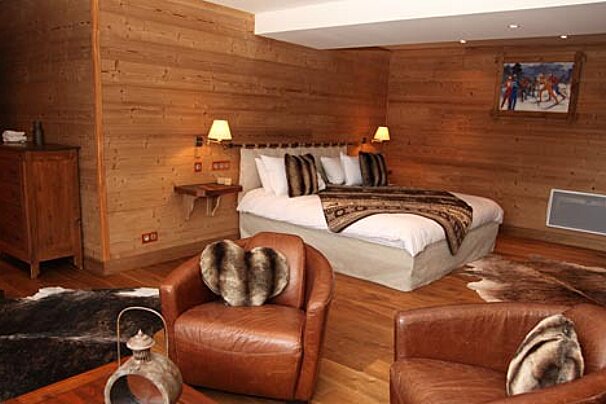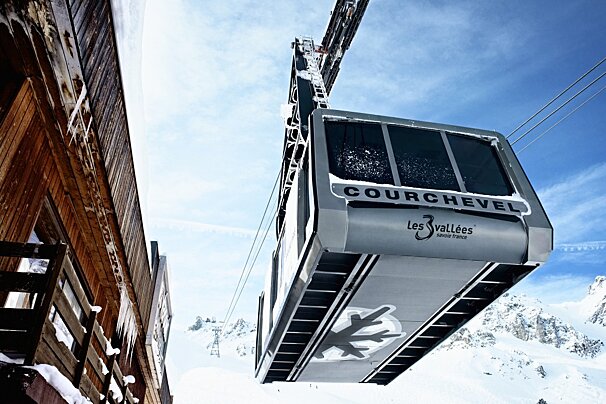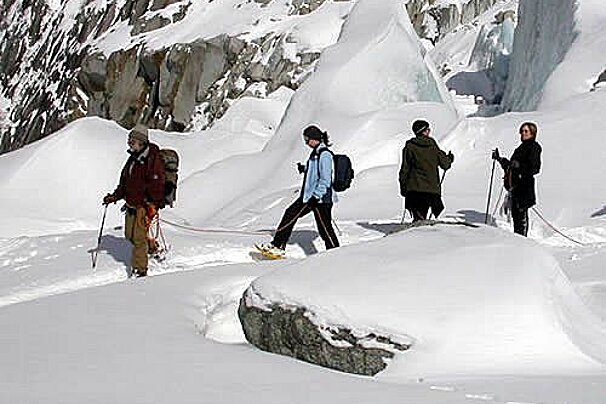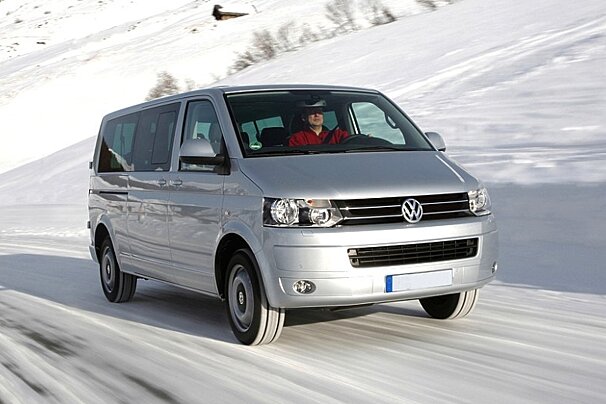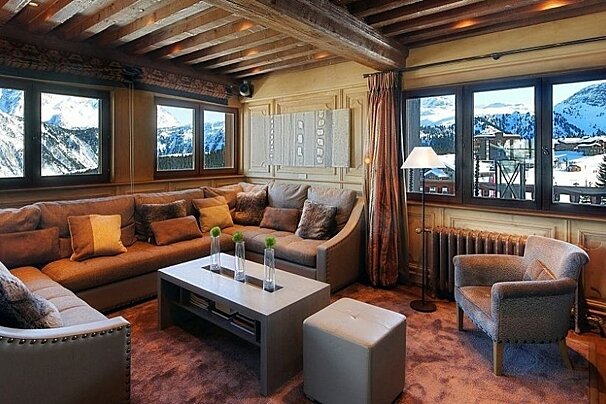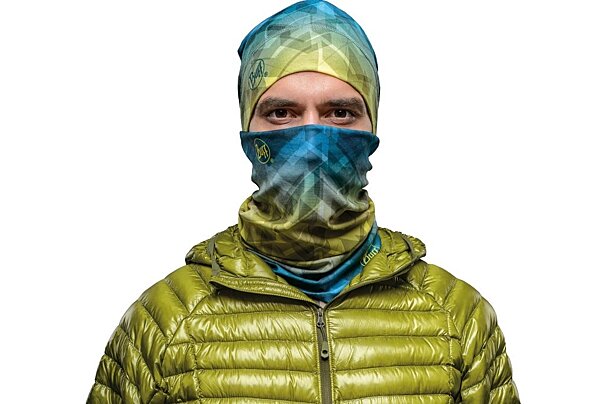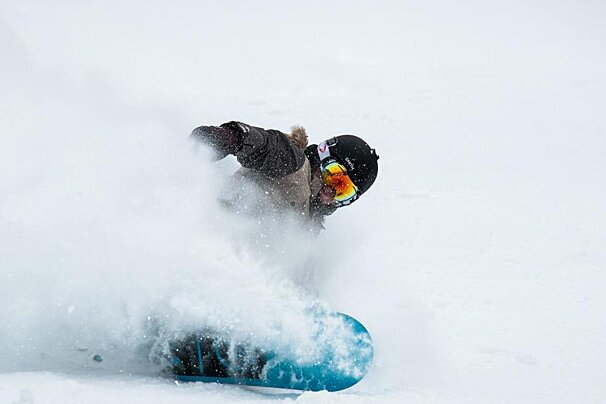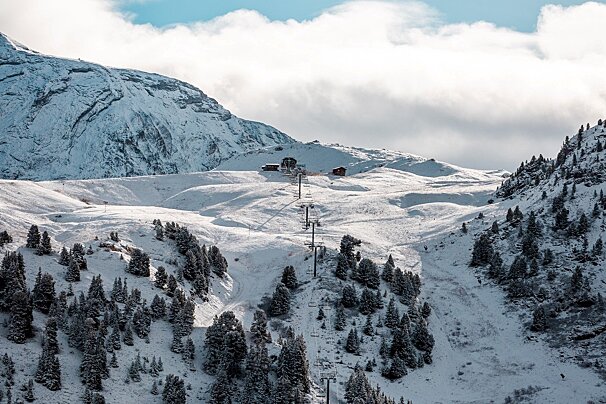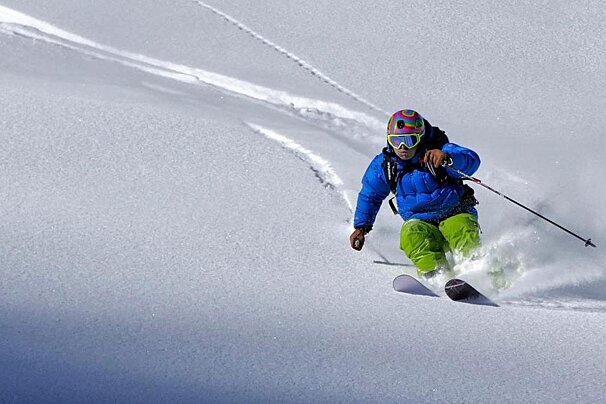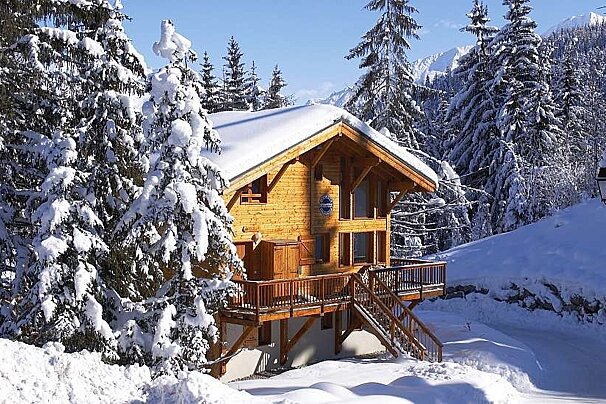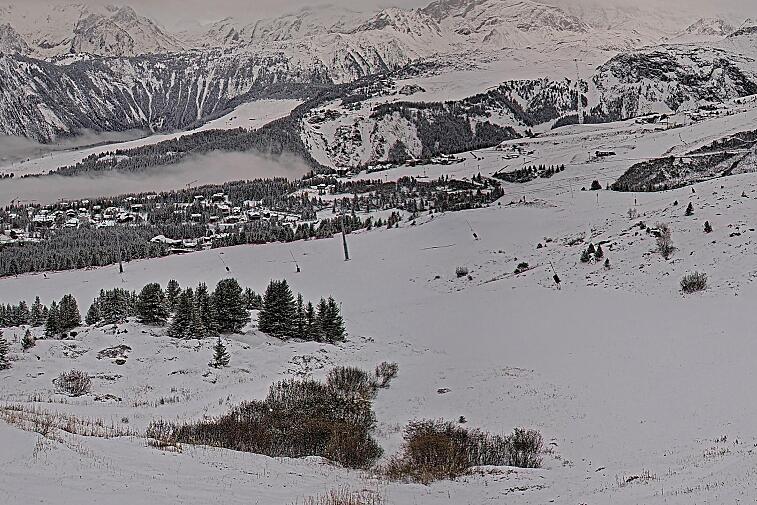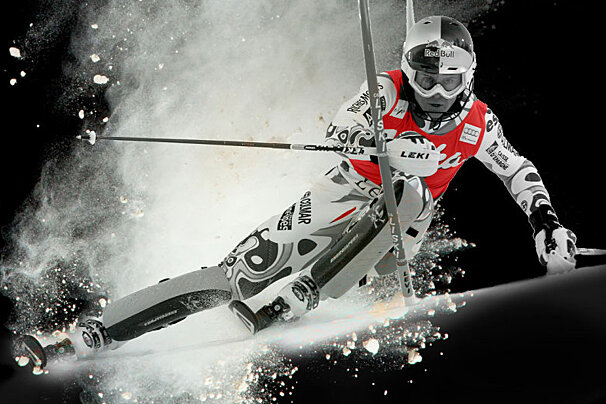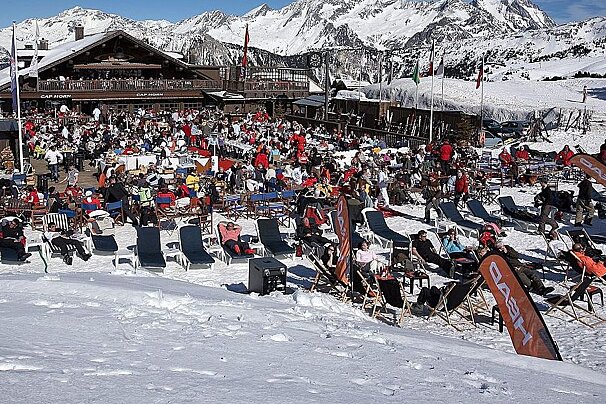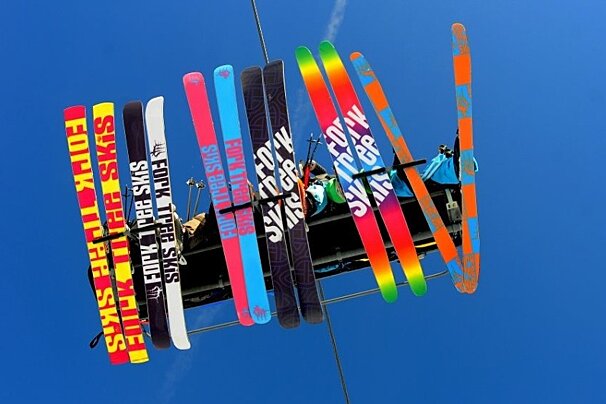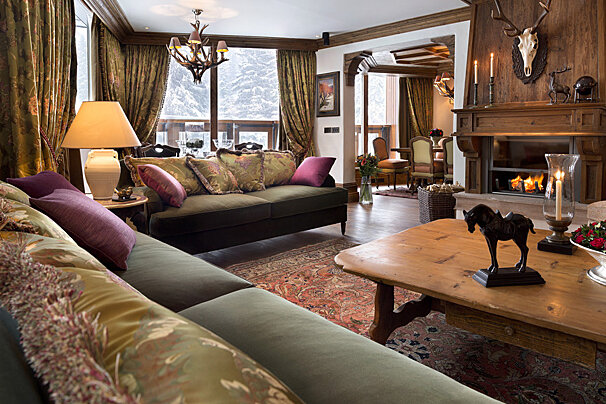
Hiking in Courchevel
Discover the top Courchevel walking areas
If you're visiting Courchevel in the summer you will probably want to explore the huge Courchevel and Three Vallées area by popping on your walking boots and going for a hike or two. With such a huge area to explore and beautiful mountain views you can head out on various different routes and trails.
There are gentle walking trails for those of you who would like an easy stroll or have children in tow, and then there are the longer more strenuous hiking routes for the active walker. If you are thinking of heading out higher into the Alps or tackling something a little more challenging then it is always advisable to chat to the mountain guides in town who will be able to give you more advice or even take you on a trail.
Summer passes will provide you with access to the lifts meaning you can explore more of the high altitude terrain and wonderful views without the slog!
When heading off on a hike or walk it is always best to get as much information about the route as possible, head to the tourist office in town and check the weather forecast to make sure you are being as safe as possible.
Walking and hiking
In the summer months, Courchevel is an Alpine mecca for walking and hiking. As the snow melts and the sun begins to shine the mountains make an excellent place to head out on a hike or walk. Walking is the perfect activity for groups, families and friends. Pick from a number of routes ranging in difficulty, from easy child friendly walks to challenging day long hikes. Along the way enjoy the fantastic mountain views, beautiful scenery and wildlife that is normally hidden in the winter months. Check out our walking and hiking guide for more details on hiking in Courchevel.
Trail running
There are numerous marked running trails in the Courchevel area, most of them divided into easy, medium, difficult and expert runs, as well as skyruns (with bits above 2000m on mountain ridges).
Winter walking
Courchevel is a winter walker's paradise. With lifts giving access to the higher ground and a network of groomed trails in the winter, it's very easy to discover the resort on foot. Don’t forget to check the weather forecast before you set out as conditions can change rapidly in the mountains. You do not need any particular equipment, just a pair of sturdy boots and layers of warm clothing that you can take off or put on as necessary. A pair of walking poles will come in handy for extra balance on icy patches and for checking snow depth before you go striding forth. Top tip: buy ‘grippers’ for your walking boots to prevent slipping, which you can buy from most local sport shops.
Glacier hiking
For a truly unique experience, clamp on your crampons and go hiking on one of the many glaciers in the Three Valleys area. The breath-taking views and spectacular crevasses make this an incredible adventure. There are a number of glacial hikes, of varying difficulty, in this region of the Alps. Most adventure companies will run organised excursions to the most accessible.
To read more about glaciers and the environment please go to our glacier meltdown article.
For all the useful emergency services numbers head to our emergency services page and save the numbers before embarking on your walk or hike in Courchevel.
Jump to
Walking trails and routes

There are plenty of walks and hikes to choose from in Courchevel and the Three Valleys in both summer and winter. Enjoy the summer alpine meadows and lakes, and head into the Avals Valley or Vanoise National Park to soak up the views.
We have compiled a list of hiking routes, ranging from very gentle village walks, to walks where you can enjoy the more challenging mountain hiking trails. The paths are normally very well sign posted and well maintained so you can set off on a number of trails feeling safe.
National parks routes
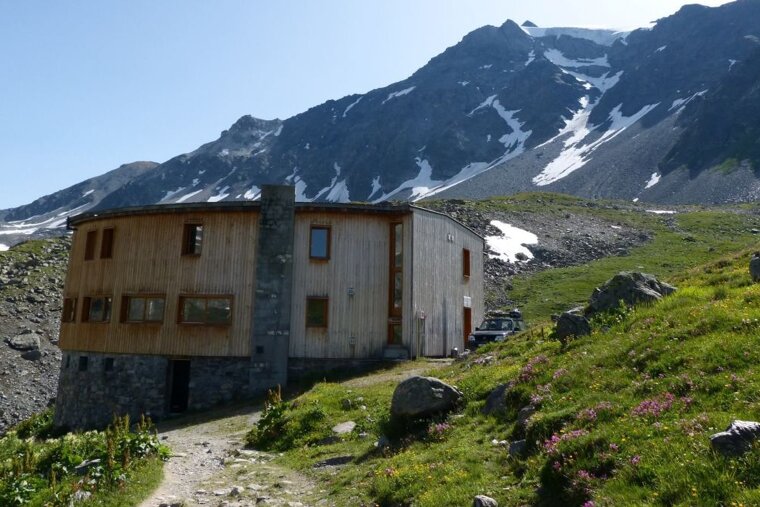
The Vanoise National Park stretches across much of the Tarentaise and Maurienne valleys all the way to the Italian border, where it joins up with the Gran Paradiso National Park. In the Savoie department of France in the Rhone Alps region, the park consists of two zones; one central and one peripheral. The central zone is highly protected and maintains its impressive population of flora and fauna by imposing strict regulations on all park users. The peripheral zone contains 28 villages, in which the culture and lifestyle of the region is preserved.
Hiring equipment
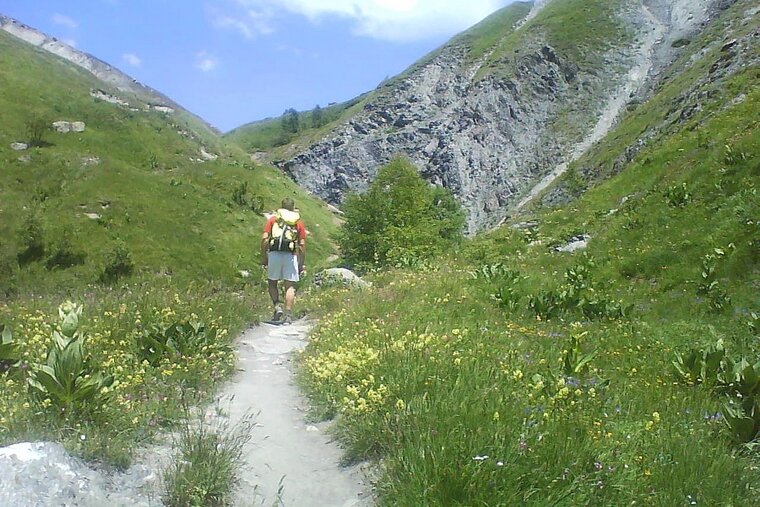
There are a number of sports shops in Courchevel stocking all the equipment and accessories you might need.
Safety advice

Although the footpaths are very well maintained and signposted, you should always exercise caution when venturing into the mountains, particularly at the beginning of the summer season when there may still be snow covering some parts of the footpaths, which must therefore be crossed with caution. Frozen avalanche debris can remain in the gullies until well into the summer making it dangerous for an ill-equipped or inexperienced walker to cross.
Before you embark on any activities in the mountains you should remember that you are likely to be at a considerably higher altitude with more rugged terrain than you are used to at home. For that reason it is particularly recommended that you:
- Are as physically fit as possible - Ensure you are fully aware of your limitations and of those accompanying you (children and elderly people).
- Are appropriately equipped - Choose sturdy footwear with ankle support, warm, water repellent clothing (even if the sun’s been beating down for days), sun cream, sunglasses, map, plenty water, food and snacks, first aid kit.
- Check your itinerary with the Tourist Office - Even the easiest and best marked trails can present unexpected hazards such as rock slides or snowfall.
- Allow plenty time for your chosen route - Additionally, leave an extra margin in case of incident. Let someone know where you are going and when you expect to be back. Nightfall may take you by surprise so it is wise to carry a flashlight/headtorch, don't rely on your phone in case of battery problems.
- Stay on the marked trails - This is especially important on steep slopes or precipices. Never take short cuts as doing so causes erosion, channelling the rain water and resulting in deterioration of the trails that are so hard to maintain.
- Check the weather forecast - It is always advisable to check the weather forecast before setting off as this can greatly affect your walk or hike.
- Respect the environment - The mountains here are breathtakingly beautiful but the balance of nature is very fragile. In order to maintain the beauty of the valley; don’t light fires, ensure you take your rubbish with you, leave the flowers for others to admire and avoid making excessive noise that may disturb the wildlife.
- Ensure your dog is kept on a lead where necessary - Look out for signs requesting that you keep your dog on a lead. Some areas are prohibited to dogs altogether, which is done to protect local wildlife. It is prohibited to let your dog off the lead at all between 15th April and the end of June. This is because it is breeding season for many mountain species and it is important that the animals are left in peace.




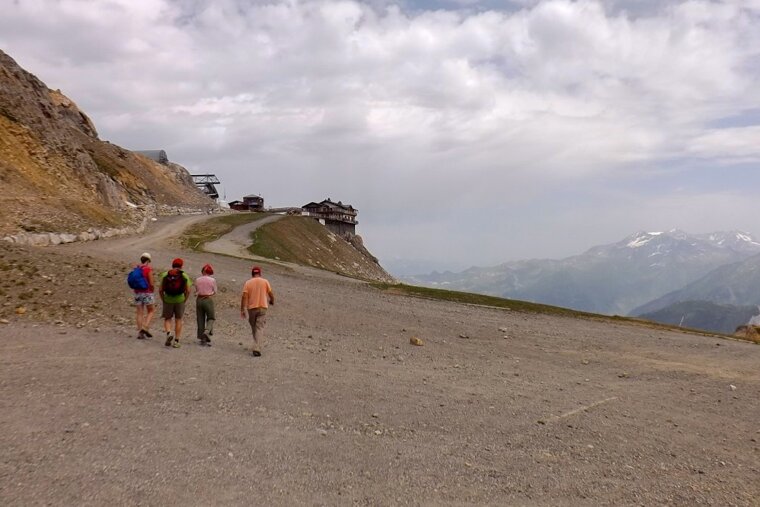
![[itemref] lounge](https://cdm0lfbn.cloudimg.io/v7/_images_base_/image_uploader/photos/original/2103-1-eden-20_1_21030001_1000__wwatermark1363125858_1363125858.jpg?ua=1765328015&p=listing_summary_middle)
